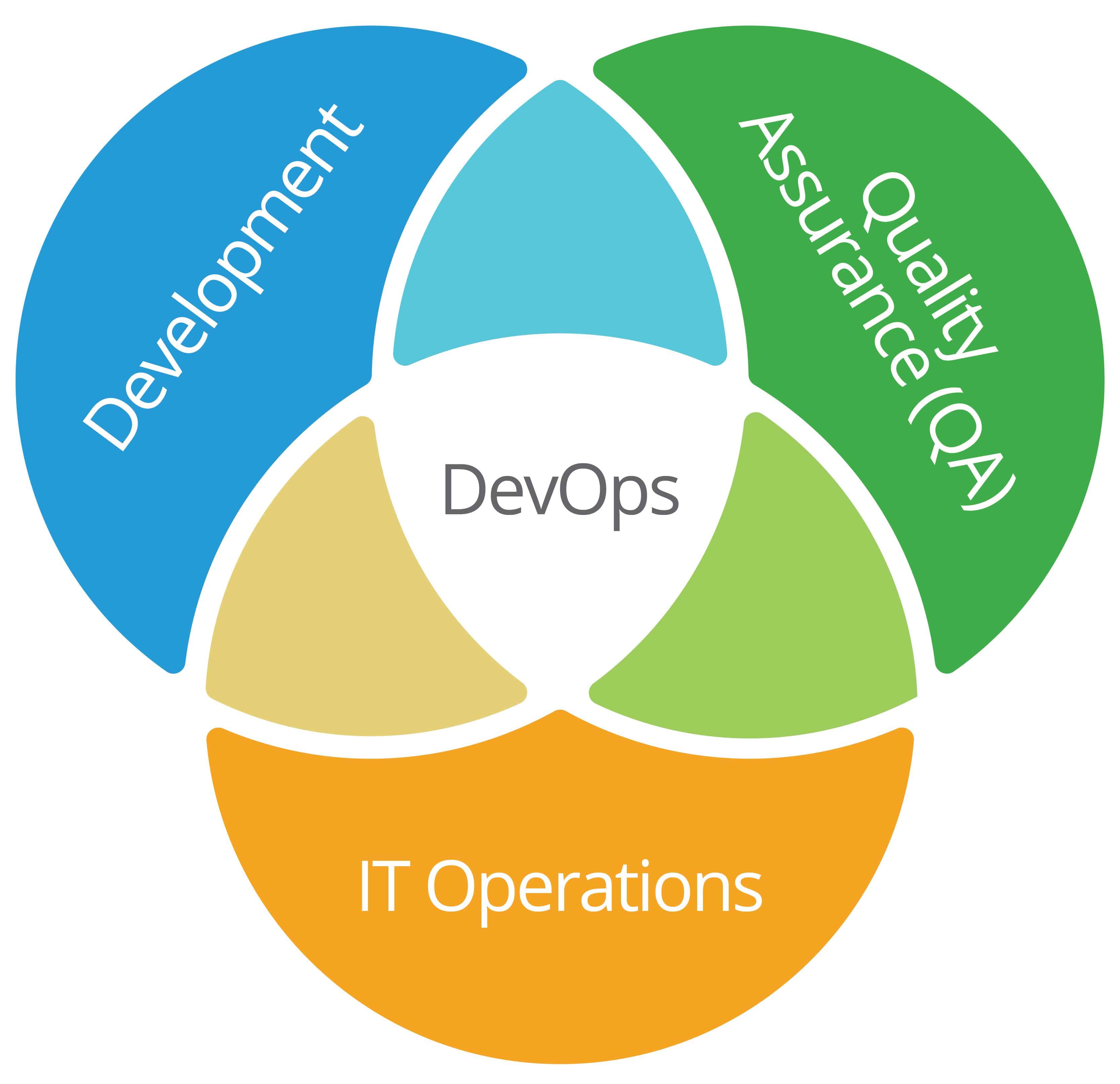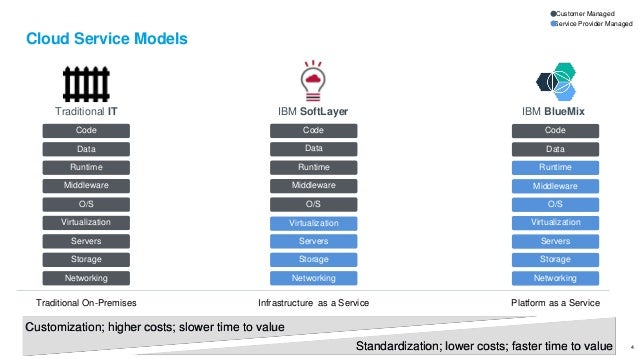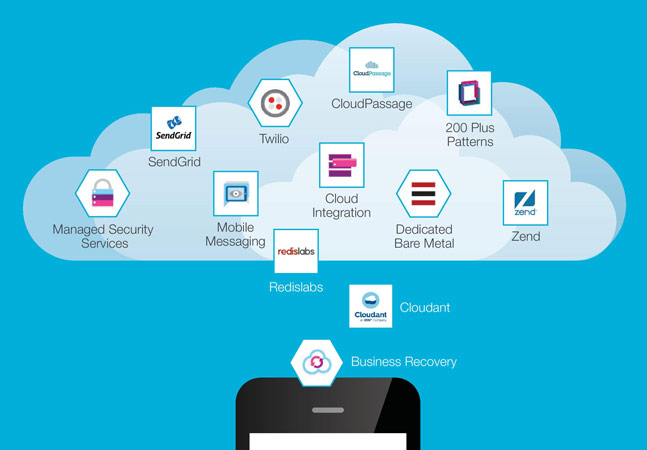Introduction to IBM Cloud and Its Developer Ecosystem
IBM Cloud is a robust, secure, and open cloud platform that offers a wide range of services for developers, including infrastructure, AI, data, and developer tools. The IBM Cloud developer tools ecosystem is a crucial component of the platform, empowering developers to build, deploy, and manage applications efficiently. These tools cater to various stages of the application development lifecycle, from coding and testing to deployment and management.
IBM Cloud developer tools can be broadly categorized into core developer tools, code tools, and DevOps services. These categories encompass a variety of tools that facilitate application development, streamline workflows, and enhance collaboration among development teams. By leveraging these tools, developers can create innovative applications, capitalize on the potential of cloud computing, and improve overall productivity.
Unleashing the Power of IBM Cloud: Core Developer Tools
IBM Cloud offers a wide array of core developer tools designed to help developers build, deploy, and manage applications with ease. Among these essential tools are IBM Cloud Functions, IBM Cloud Kubernetes Service, and IBM Cloud Code Engine. These tools cater to various use cases and provide numerous benefits for developers, enabling them to create innovative applications and services on the IBM Cloud platform.
IBM Cloud Functions is a serverless computing platform that allows developers to run code without managing infrastructure. This function-as-a-service (FaaS) offering is ideal for event-driven, microservices-based, and serverless architectures. By using IBM Cloud Functions, developers can focus on writing code, reducing infrastructure management overhead, and accelerating time-to-market.
IBM Cloud Kubernetes Service is a managed container orchestration service that simplifies the deployment, scaling, and management of containerized applications. Built on top of the open-source Kubernetes project, this service enables developers to leverage the power of containerization and automate the deployment of applications across a cluster of hosts. With IBM Cloud Kubernetes Service, developers can easily manage containerized workloads, optimize resource utilization, and ensure high availability for their applications.
IBM Cloud Code Engine is a fully managed, polyglot, and serverless platform for building, deploying, and scaling cloud-native applications. This service simplifies the development process by providing a unified interface for managing various application components, including containers, functions, and APIs. By using IBM Cloud Code Engine, developers can focus on writing code, automate the build, deployment, and scaling processes, and rapidly deliver applications to market.
Streamlining Development with IBM Cloud Code Tools
IBM Cloud offers a suite of code tools that simplify development, testing, and deployment processes for developers. These tools, including IBM Cloud Code Engine, IBM Cloud Developer Console, and IBM Cloud CLI, enable developers to create applications more efficiently and effectively on the IBM Cloud platform. By leveraging these code tools, developers can streamline their workflows, reduce manual tasks, and accelerate time-to-market.
IBM Cloud Code Engine is a fully managed, polyglot, and serverless platform for building, deploying, and scaling cloud-native applications. This service simplifies the development process by providing a unified interface for managing various application components, including containers, functions, and APIs. By using IBM Cloud Code Engine, developers can focus on writing code, automate the build, deployment, and scaling processes, and rapidly deliver applications to market. Additionally, IBM Cloud Code Engine supports multiple programming languages, such as Node.js, Python, and Go, making it a versatile tool for developers working on diverse projects.
IBM Cloud Developer Console is a web-based interface that allows developers to manage their IBM Cloud resources, services, and applications. This console provides a user-friendly interface for creating, configuring, and deploying applications, as well as monitoring their performance and troubleshooting issues. By using the IBM Cloud Developer Console, developers can easily access and manage their IBM Cloud resources, reducing the need for manual configuration and enabling them to focus on application development.
IBM Cloud CLI (Command Line Interface) is a powerful tool that enables developers to manage IBM Cloud resources, services, and applications using command-line instructions. The IBM Cloud CLI supports various functions, such as creating and managing resources, configuring services, and deploying applications. By using the IBM Cloud CLI, developers can automate repetitive tasks, integrate with their preferred development tools, and streamline their workflows, ultimately improving their productivity and efficiency.
Enhancing Collaboration: IBM Cloud DevOps Services
IBM Cloud offers a variety of DevOps services that facilitate collaboration, automate workflows, and improve application quality. Among these services are IBM Cloud Continuous Delivery and IBM Cloud Container Registry. By leveraging these tools, development teams can streamline their processes, reduce manual tasks, and ensure consistent, high-quality application releases.
IBM Cloud Continuous Delivery is a fully managed, automated, and end-to-end continuous delivery and release management service. This service simplifies the application delivery process by automating the build, test, and deployment phases, enabling development teams to deliver applications quickly and efficiently. By using IBM Cloud Continuous Delivery, teams can reduce errors, ensure consistency, and maintain a high level of application quality throughout the development lifecycle.
IBM Cloud Container Registry is a fully managed, private Docker container registry service that allows developers to store and manage container images for their applications. This service simplifies the container management process by providing a centralized location for container images, enabling teams to collaborate, automate, and manage their containerized applications. By using IBM Cloud Container Registry, teams can ensure secure, scalable, and efficient container image management, reducing the risk of errors and improving overall application quality.
How to Get Started with IBM Cloud Developer Tools
To start using IBM Cloud developer tools, follow these steps to set up an account, access the tools, and create a simple application:
-
Create an IBM Cloud account: Visit the IBM Cloud website (https://cloud.ibm.com/) and click on the “Get started” button. Follow the on-screen instructions to create a new account or sign in with an existing IBM ID.
-
Access IBM Cloud developer tools: Once logged in, navigate to the IBM Cloud catalog (https://cloud.ibm.com/catalog) to explore the available developer tools. From here, you can access core developer tools, code tools, and DevOps services.
-
Create a simple application: For this example, let’s create a simple Node.js application using IBM Cloud Functions. First, create a new IBM Cloud Functions action by clicking on the “Create” button in the IBM Cloud Functions dashboard. Choose “Node.js” as the runtime and enter a name for your action. Then, add the following code snippet to the “index.js” file:
function main(params) { return { payload: 'Hello, IBM Cloud!' }; }Save your changes and deploy the action. You can now test your application by invoking the action URL.
Congratulations! You have successfully set up an IBM Cloud account, accessed developer tools, and created a simple application using IBM Cloud Functions. You can continue exploring other developer tools and services to build, deploy, and manage more complex applications on IBM Cloud.
IBM Cloud Developer Tools: Real-World Success Stories
IBM Cloud developer tools have empowered numerous developers and organizations to build, deploy, and manage applications with ease and efficiency. In this section, we will share some success stories that highlight the challenges faced, the solutions implemented, and the benefits experienced by these developers and organizations.
Success Story 1: Acme Corp.
Acme Corp., a leading software development company, leveraged IBM Cloud Functions to create a serverless architecture for their real-time data processing application. By using IBM Cloud Functions, Acme Corp. was able to reduce infrastructure costs, accelerate time-to-market, and improve overall application performance.
Success Story 2: XYZ Enterprises
XYZ Enterprises, a mid-sized organization, utilized IBM Cloud Kubernetes Service to manage their containerized applications. By adopting IBM Cloud Kubernetes Service, XYZ Enterprises was able to streamline their deployment processes, enhance application security, and ensure high availability for their mission-critical applications.
Success Story 3: Tech Innovators
Tech Innovators, a cutting-edge software development firm, adopted IBM Cloud Code Engine to automate their development, testing, and deployment processes. By using IBM Cloud Code Engine, Tech Innovators was able to reduce manual tasks, improve collaboration among team members, and accelerate their application delivery lifecycle.
These success stories demonstrate the potential of IBM Cloud developer tools to transform the way developers and organizations build, deploy, and manage applications. By leveraging these tools, developers can unlock new possibilities, streamline their workflows, and achieve greater efficiency and productivity in their software development projects.
Comparing IBM Cloud Developer Tools with Competitors
When it comes to cloud computing and developer tools, IBM Cloud faces competition from major players like AWS, Google Cloud, and Microsoft Azure. In this section, we will compare IBM Cloud developer tools with these competitors, focusing on unique selling points, pricing, and target audiences.
AWS Lambda vs. IBM Cloud Functions
Both AWS Lambda and IBM Cloud Functions are serverless computing platforms that allow developers to run code without managing infrastructure. While AWS Lambda has a more extensive feature set and a larger user base, IBM Cloud Functions offers a more straightforward pricing model and seamless integration with IBM Cloud services.
Google Kubernetes Engine vs. IBM Cloud Kubernetes Service
Google Kubernetes Engine (GKE) and IBM Cloud Kubernetes Service are both managed container orchestration services built on top of Kubernetes. GKE is known for its strong automation capabilities and integration with Google Cloud services, while IBM Cloud Kubernetes Service stands out for its enterprise-grade security features and support for multi-cloud deployments.
Microsoft Azure Functions vs. IBM Cloud Functions
Microsoft Azure Functions and IBM Cloud Functions are both serverless computing platforms that enable developers to run code without managing infrastructure. Azure Functions offers a wider range of programming languages and integrations, while IBM Cloud Functions provides a more straightforward pricing model and seamless integration with IBM Cloud services.
Target Audiences
IBM Cloud developer tools cater to a wide range of audiences, including individual developers, small to medium-sized businesses, and large enterprises. The platform’s focus on security, compliance, and enterprise-grade features makes it particularly appealing to organizations with stringent requirements and complex workloads.
By understanding the unique selling points, pricing, and target audiences of IBM Cloud developer tools compared to competitors, developers and organizations can make informed decisions about which platform best suits their needs and goals.
Future Trends and Innovations in IBM Cloud Developer Tools
As the cloud computing landscape continues to evolve, IBM Cloud developer tools are poised to adapt and innovate to meet the changing needs of developers and organizations. In this section, we will discuss emerging trends and innovations in IBM Cloud developer tools and how they will impact the developer ecosystem and the future of cloud computing.
Serverless Architectures and FaaS
Serverless architectures and Function-as-a-Service (FaaS) platforms like IBM Cloud Functions are becoming increasingly popular for building and deploying applications. By enabling developers to run code without managing infrastructure, FaaS platforms offer numerous benefits, including reduced costs, improved scalability, and faster time-to-market.
Containerization and Kubernetes
Containerization technologies like Docker and container orchestration platforms like IBM Cloud Kubernetes Service are transforming the way developers build, deploy, and manage applications. By providing a consistent and portable runtime environment, containerization enables developers to streamline their workflows, reduce errors, and improve application quality.
Artificial Intelligence and Machine Learning
Artificial intelligence (AI) and machine learning (ML) technologies are becoming integral parts of IBM Cloud developer tools. With tools like IBM Watson, developers can build intelligent applications that can learn from data, make predictions, and automate decision-making processes.
DevOps and Continuous Delivery
DevOps practices and continuous delivery workflows are becoming increasingly important for modern software development. IBM Cloud developer tools like IBM Cloud Continuous Delivery and IBM Cloud Container Registry facilitate collaboration, automate workflows, and improve application quality, enabling developers to deliver high-quality software faster and more efficiently.
Security and Compliance
Security and compliance are critical considerations for organizations building and deploying applications in the cloud. IBM Cloud developer tools offer robust security features and compliance certifications, enabling developers to build and deploy applications with confidence and peace of mind.
By staying abreast of emerging trends and innovations in IBM Cloud developer tools, developers and organizations can ensure they are well-positioned to take advantage of the latest advancements and stay competitive in the ever-evolving cloud computing landscape.






